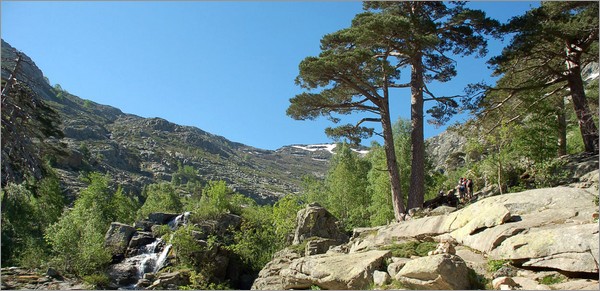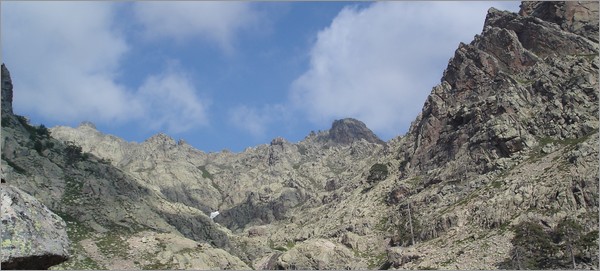Making the right trip choice is important to enjoy your trip at best. To help you choose the hike that suits you the most, we have established a precise grading of our hikes. If you have more questions or need further information, do not hesitate to contact us.
A hike usually consists of stages of varying degrees of difficulty. It is therefore quite complicated to define an average degree of difficulty. The most important criterion to determine a degree of difficulty is usually the degree of rough terrain. To rank our hikes at best, we have included a "+" in addition to the main difficulty of the hike.
A hike usually consists of stages of varying degrees of difficulty. It is therefore quite complicated to define an average degree of difficulty. The most important criterion to determine a degree of difficulty is usually the degree of rough terrain. To rank our hikes at best, we have included a "+" in addition to the main difficulty of the hike.
- Easy: the average duration of the stages does not exceed 4 hours and the daily altitude difference is 400m. The trails are in good condition but some passages require a little attention (ravine ground, pebbles...) A stage may however be more difficult than the previous criteria.
Who ? For anyone who walks occasionally (2 or 3 times a month) and does not fear the succession of several days of walking.
Note: daily hikes are possible at this level of difficulty, but not several days hike.
- Medium: the average duration of the stages does not exceed 5 hours and the daily altitude difference is less than 600m. The trails do not present any particular difficulties but can be degraded or steep on long portions. A stage or two may however be more difficult than the previous criteria.
Who ? For anyone who is physically fit, occasionally goes hiking (2 or 3 times a month) and does not fear the succession of several days of walking or a good rise.
Example: From mountain to the sea

- Hard: the average duration of the stages goes from 5 to 6 hours and the daily altitude difference from 600 to 800m. The trails are bad to very bad on large portions (rocky and very unstable ground). You can have some technical passages (short chained passages, small steps of easy climbing, etc.). There is a lack of comfort in some accommodations (nights under tent, no shower...). A stage or two may however be more difficult than the previous criteria.
Who ? You have to be in good physical condition and hike regularly (at least once a week with height differences > 700m) or practice a cross-country sport. You are used to multi-day hikes and rough terrain. The more it goes up and the happier you are!
Example: GR20 South
- Very hard: the average duration of the stages are more than 6 hours and the daily altitude difference is often more than 800m. The trails are bad to very bad on large portions (rocky and very unstable ground). You can have some technical passages (short chained passages, small steps of easy climbing, etc.). There is a lack of comfort in some accommodations (nights under tent, no shower...). Some stages can be very hard (exposed passages and techniques, altitude difference can reach 1200m)
Who ? For very experienced and sporty hikers. You like it when there is big difference in height and always hold some strength reserve to accelerate in case of hard blow (storms....)
Example: GR20 North, GR20 - The Classical, GR20 - The Original

PHYSICAL TEST
The quality of the terrain, comfort, technical passages are subjective criteria: so here is a small test easy to perform. What elevation gain are you able to cover in 1 hour with a daily bag of 4 kg?
| Level | Easy | Medium | Hard | Very hard |
| Minimum elevation gain in 1 hour | 300m | 400m | 550m | 600m |
Be careful: this test is only a simple indication of the minimum physical condition to have to be able to join a tour. It does not represent in any case a global level (there are other criteria to take into account: ease in difficult ground, succession of walking days, adaptation to bad weather conditions...)

 Departures 2025
Departures 2025







